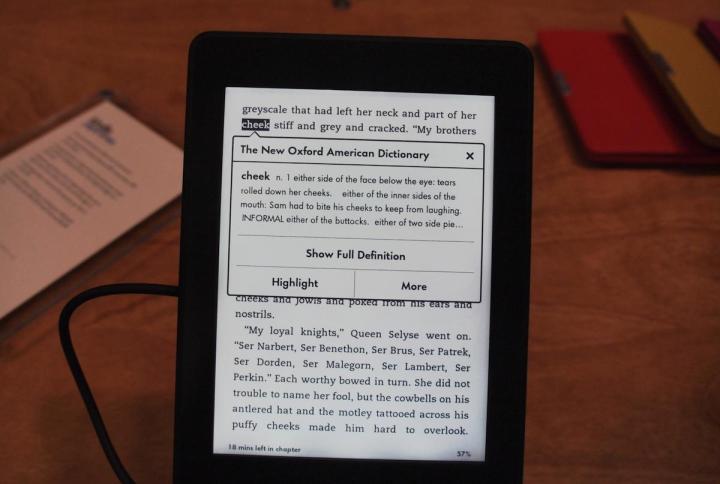
When “google” first became recognized as a verb and not just the proper noun that described the search engine giant in 2006, it seemed groundbreaking for a tech term to have so infiltrated the everyday lexicon of English speakers that it would have to be officially included and catalogued as part of the language. But now, even stranger words are making the cut — some of which aren’t even words, but just abbreviations. And if WTF is now Merriam-Webster approved, what’s off limits?
Of course, a great pleasure arising from Merriam-Webster’s inclusion of these words involves the dictionary’s very exacting definitions of colloquial terms. “Clickbait,” for example, is defined as “something (such as a headline) designed to make readers want to click on a hyperlink especially when the link leads to content of dubious value or interest.”
Jeggings, if you were wondering, are described as “a legging that is designed to resemble a tight-fitting pair of denim jeans and is made of a stretchable fabric.” And everyone’s favorite texting character, the emoji, is “any of various small images, symbols, or icons used in text fields in electronic communication (as in text messages, e-mail and social media) to express the emotional attitude of the writer, convey information succinctly, communicate a message playfully without using words, etc.”
My personal favorite is one that I’ve never been able to define myself, so I’m very appreciative to the fine editors of Merriam-Webster who have so succinctly managed to define “meme” as “an idea, behavior, style, or usage that spreads from person to person within a culture.”
This yearly edition is clearly a sign of the times, reflecting the continuous evolution of our language and the effect technology has had on its usage. In 2014, Merriam-Webster added 1,900 words, and with the trend continuing this year, there are no signs of slowing when it comes to English’s growth.


